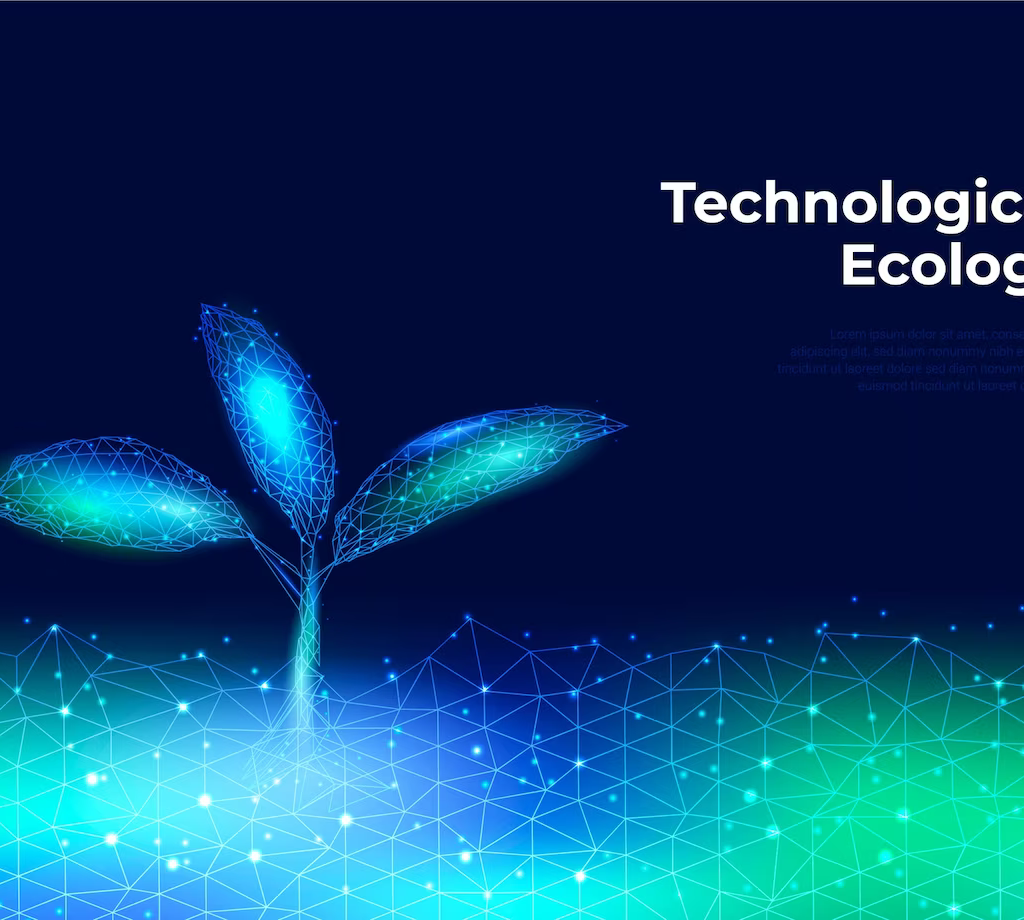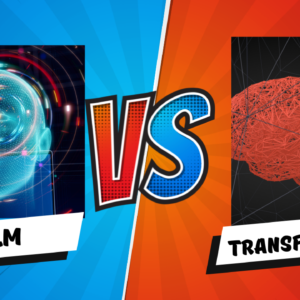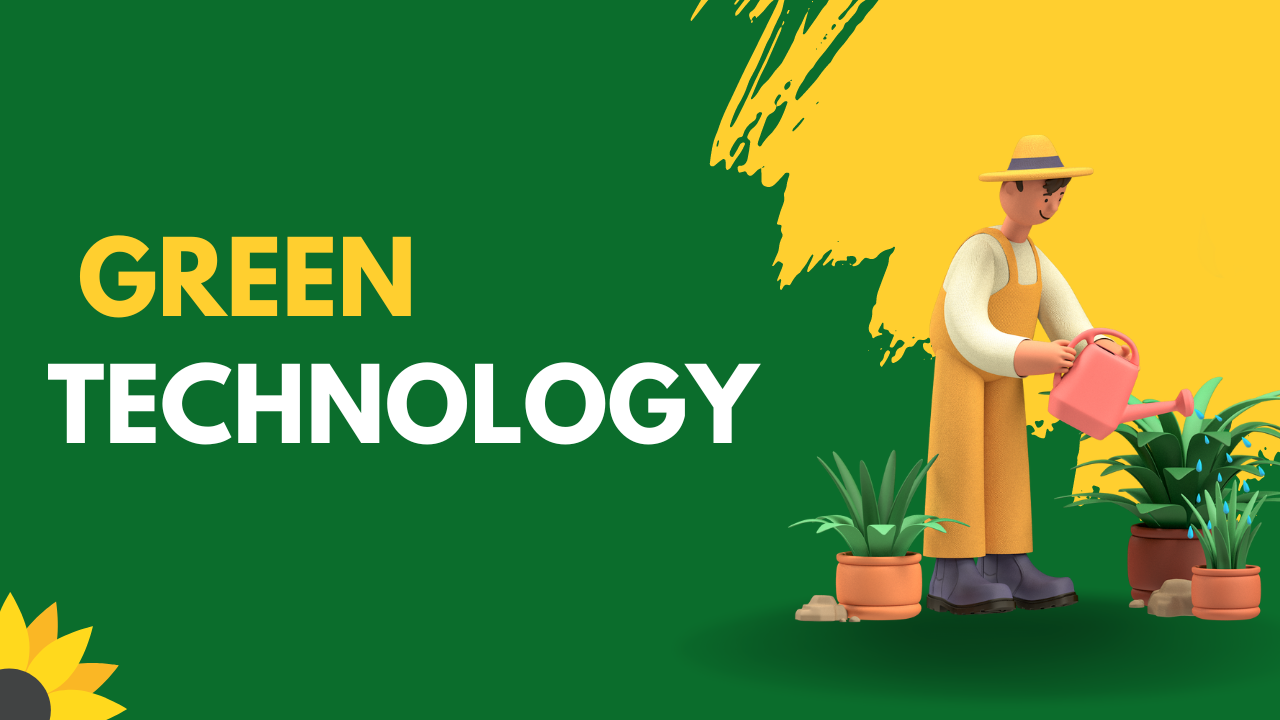
Introduction
The principles of sustainability are becoming increasingly relevant as the world grapples with climate change, pollution, and resource depletion.
Green technology, also known as environmental technology or clean technology, is a growing field dedicated to developing solutions that minimize negative environmental impacts while promoting economic growth. This essay will explore the importance of green technology in building a sustainable future.
Definition of Green Technology
Green technology is an umbrella term that encompasses a range of technologies and practices designed to reduce environmental harm while also addressing social and economic needs. It includes technologies for waste management, energy production, transportation, and construction, among others.
Energy Generation
Energy generation is a crucial aspect of modern society. However, it is also responsible for a significant portion of global greenhouse gas (GHG) emissions. Green technology solutions for energy generation focus on reducing GHG emissions while maintaining or even improving energy efficiency.
Wind Power
Wind power is a form of energy generation that harnesses the kinetic energy of wind to generate electricity.
Definition of Wind Power
Wind turbines transform wind energy into electrical energy. Wind turbines have a horizontal axis or a vertical axis, with the horizontal axis turbines being the most common.
Advantages of Wind Power
- Wind resources are abundant globally and can be harnessed in remote locations.
- Wind energy is a renewable source of electricity meaning it is not depleted when used.
- Wind power is cost-competitive with other forms of energy generation.
Challenges Facing Wind Power
- Wind turbines visibility has generated controversy in regards to their visual impacts and potential ecological impacts.
- Wind energy requires significant initial investment, physical space, and infrastructure investment.
- Wind energy production is dependent on wind speed and direction, making wind power intermittent.
Future Prospects
- Advances in wind turbine technology will increase efficiency and reduce costs.
- Continued growth in wind power and investment will lead to greater storage options to address intermittent energy production.
Solar Power
Solar energy is another form of energy generation that harnesses renewable sources.
Definition of Solar Power
Solar panels convert solar energy into electricity. Solar panels are made up of photovoltaic cells that transform sunlight into electrical energy
Advantages of Solar Power
- Solar energy is a free and renewable energy source.
- Solar panels have a high life expectancy and need little maintenance.
- Solar panels can be scaled up or down depending on the area available making them versatile.
Challenges Facing Solar Power
- High investment costs for solar panels (however the cost has been steadily dropping in recent years).
- Solar energy storage options are limited, leading to intermittent electricity generation.
- Weather patterns can reduce solar panel efficiency.
Future Prospects
- Solar panel technology is growing and advancing and will continue to become more efficient.
- Increasing adoption of solar technology and storage will reduce the intermittency issue.
Hydroelectric Power
Hydroelectric power uses the potential energy in water to generate power.
Definition of Hydroelectric Power
Hydropower plants use water in a dam or flow to turn turbines and produce electricity.
Advantages of Hydroelectric Power
- Hydroelectric power is a renewable energy source.
- Hydroelectric power plants have a high lifespan.
- Hydroelectric power is a predictable energy source.
Challenges Facing Hydroelectric Power
- The construction of hydroelectric plants can impact fauna and flora and disrupt ecosystems.
- Hydroelectric plants require large areas in rural areas.
- Maintenance can be challenging and hydroelectric plants are exposed to water-related risks.
Future Prospects
- More efficient turbines and generators are under development.
- Improvements in dam construction and environmental regulations will reduce environmental impacts.
Transportation
Green technology solutions for transportation focus on reducing the environmental impact of transportation while still providing access to goods and services.
Electric Vehicles
Electric vehicles are vehicles that are powered through electric motors.
Definition of Electric Vehicles
Electric vehicles operate with an electric battery that produces power.
Advantages of Electric Vehicles
- Electric vehicles have zero emissions.
- Electric vehicles have reduced operating costs.
- Electric vehicles are quiet in operation.
Challenges Facing Electric Vehicles
- Short driving distance per charge on electric vehicles is a challenge.
- Limited battery lifespan.
- Charging infrastructure is not widely spread yet.
Future Prospects
- Incentives to purchase electric vehicles will continue to emerge, increasing adoption.
- Battery technology advancements will increase electricity storage capacity and increase driving distance.
Green Fuel
Biofuels are fuels made from plant and animal products.
Definition of Green Fuel
Green fuel is an alternative fuel to gasoline that is less harmful to the environment.
Advantages of Green Fuel
- Less greenhouse gas emissions compared to fossil fuels.
- Biodegradable and renewable.
- Can be locally produced.
Challenges Facing Green Fuel
- Reduction in crop production due to the requirement for land cultivation.
- Ethanol production can increase the carbon footprint.
- Competing with large established oil production industry.
Future Prospects
- Technological development of fuel from waste products.
- Further development and larger adoption of electric, hybrid or alternative fuel vehicles.
Construction
Green building practices encompass the construction and encapsulation phase.
Green Buildings
Green buildings encompass a variety of practices and technologies that result in healthy and sustainable structures.
Definition of Green Buildings
Green buildings refer to a building that has been designed to minimize environmental impacts, energy consumption and to improve occupants’ well-being.
Advantages of Green Buildings
- Reduced energy consumption.
- Improved indoor air quality.
- Reduced water usage.
Challenges Facing Green Buildings
- Initial costs to design and build a green building can be high.
- Limited awareness and promotion of green building practices in the construction industry.
- Need for skilled workers with expertise in green building practices.
Future Prospects
- Growing awareness and adoption of green building codes.
- Increased professional development and awareness in the construction industry.
Sustainable Infrastructure
Sustainable infrastructure is an umbrella term that encompasses a wide range of systems and structures essential for daily life, such as transportation networks.
Definition of Sustainable Infrastructure
Sustainable infrastructure is the development of infrastructure systems that are energy efficient, environmentally friendly and promote healthy communities
Advantages of Sustainable Infrastructure
- Improved air and water quality.
- Reduced GHG emissions.
- Healthier communities.
Challenges Facing Sustainable Infrastructure
- Difficulty in implementing large scale infrastructure projects.
- Initial construction costs can be high.
- Political will and public engagement can limit investments.
Future Prospects
- Increase in funding and technologies for sustainable infrastructure projects.
- Greater integration of sustainable infrastructure practices into public policy and planning.
Waste Management
The management of waste is crucial to minimizing negative environmental impacts. Green technology solutions for waste management aim to reduce waste generation, increase recycling rates, and decrease the environmental impacts of waste disposal.
Recycling
Recycling involves the collection and processing of materials that would otherwise be thrown away.
Definition of Recycling
Recycling is the process of taking waste and converting it into raw materials that can be used in manufacturing processes.
Advantages of Recycling
- Reduces landfill and environmental impact.
- Conserves natural resources.
- Can be cost-effective in certain scenarios.
Challenges Facing Recycling
- Sorting of collected material.
- Low commodity prices affecting profitability.
- Lack of awareness toward proper recycling practices.
Future Prospects
- Technological advancements in recycling practices will increase efficiency.
- Importing countries may increase demand for high-quality recycled material.
Waste-to-energy
Waste-to-energy involves converting waste materials into electricity using clean combustion technologies
Definition of Waste-to-energy
Waste-to-energy technologies burn waste in specially designed facilities to generate electricity.
Advantages of Waste-to-energy
- Reduced landfill space.
- Energy generation using waste products.
- Reduced GHG emissions compared to traditional combustion technologies.
Challenges Facing Waste-to-energy
- Fluctuation in waste supplies.
- High upfront costs for building waste-to-energy facilities.
- Potential emissions of pollutants.
Future Prospects
- Technological developments in waste-to-energy technology and emissions controls.
- New and innovative financial strategies to support more waste-to-energy projects.
Conclusion
Green technology provides solutions to the sustainability issues that the planet is facing. Technology advancement and public adoption are needed to ensure we create a more sustainable future.
Call to Action
Adopting green technologies should be an imperative for governments, businesses, and individuals alike. We need to strive for greater public education and investment in green technologies.
You can read our previous article by clicking here.




